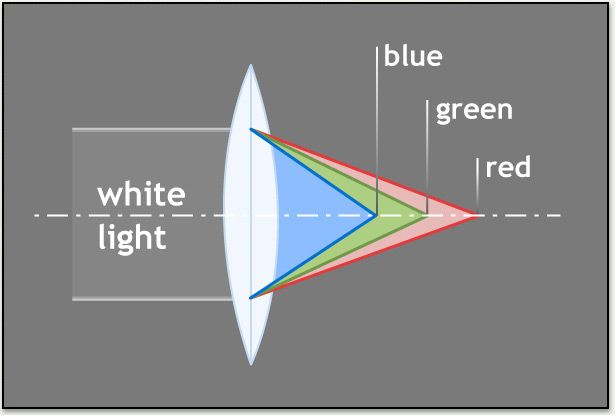i need to no what wavelength the lasers are and what is the diameter of the beam is being produced,
i am doing an assignment on lasers and i want proof that a smaller wavelength produces a more concentrated beam and if you could include the website so i can use it in my bibliography.
cheers.
i am doing an assignment on lasers and i want proof that a smaller wavelength produces a more concentrated beam and if you could include the website so i can use it in my bibliography.
cheers.







